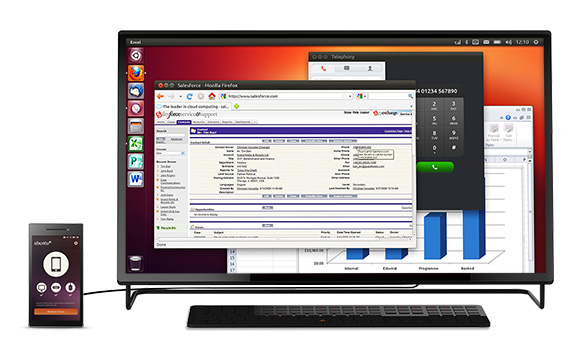Sheesh. Just added 29 items to my todo list for today!
Category Archives: Uncategorized
I moved from blogger to WordPress over the weekend. If you notice anything broken or odd, please let me know!
11 Years of Blogging
I found myself wondering how long I’ve been blogging this morning.
I’ve been on blogger at williamhertling.com since 2008, according to statcounter. Before that, it looks like I was using Moveable Type on liquididea.com since December 2005 according to the navbar. But even before that I was using Twiki, a popular wiki at the time, to maintain a blog since January of 2003.
Orycon 35 Schedule
If you’re at OryCon 35 in Portland, I’d love to chat. Either stop me and say hi, or find me at one of these panels:
Social Media and the Modern Writer
Jefferson/Adams Fri Nov 8 12:00pm-1:00pm
Websites, Facebook fan pages, email lists, contests, twitter, tumblr,
Pinterest, ads, blogs and that annoying thing called a “platform”: what
works, what doesn’t, and why you need to care (spoiler: you do).
Grá Linnaea, William Hertling, (*)Jason Andrew, Aaron Duran, Cat Rambo,
Peter A. Smalley
Revision: Path to better writing or way to never finish?
Lincoln Fri Nov 8 2:00pm-3:00pm
Endless revisions can kill good writing, but everyone says polish your
work. Besides, the first draft is usually bad, right? How to navigate
through the apparent contradictions without going crazy.
Renee Stern, (*)Irene Radford, William Hertling, Amber D. Sistla
Northwest Independent Writers Association (NIWA) Booth
Dealer’s Room Fri Nov 8 5:00pm-6:00pm
The future of dental floss
Hamilton Sat Nov 9 10:00am-11:00am
How technology will change everyday life, from taking a shower to reading
the newspaper, from getting to work to the clothes we wear.
(*)David W. Goldman, William Hertling, Mark Niemann-Ross
How near is too near
Broadway Sun Nov 10 12:00pm-1:00pm
What time frame is too near for near future science fiction longevity and
credibility.
(*)Jason M. Hough, William Hertling, Blake Hutchins, Nancy Kress
New Movie about AI: Her
Ubuntu Edge: This would be Leon’s phone

In A.I. Apocalypse, Leon Tsarev, the main character, uses a mobile phone that goes back and forth between phone and desktop computer. By merely knocking the phone against a display, it syncs its output to that display device.
In the novel, Leon uses it with a display in his bedroom, a wall-mounted display at the kitchen table, and on his desk at school.
The Ubuntu Edge is very similar in concept. The phone would run the Ubuntu OS, a Linux based operating system, but could be docked to become a complete computer.
The phone is currently being funded via a IndieGogo campaign, and has raised eight million dollars already.
It is described as “Dual-boots into Ubuntu mobile OS and Android; converts into a full desktop PC”.
It’s a pretty piece of hardware too, futuristic and sleek.
This is exactly where I hoped we would have been a few years ago. Now with the advent of applications moving to the cloud and seamless data synchronization with apps like Dropbox, it seems a little less necessary: I can effortlessly move between my work PC and either of two personal PCs, and I can access all my mail, documents, and applications no matter where I am.
But it’s possible that the privacy concerns over the NSA could cause backlash against cloud computing. We might just be better off carrying a secure device with us whereever we go, and avoiding the cloud as much as possible. In that case, the Edge becomes pretty compelling.
Either way, it’ll be fun to see where this goes.
On 3D printing
Two months ago I gained access to a MakerBot Replicator 2X, their top of the line 3D printer. Between writing, work, and kids, I haven’t been able to use it regularly, but I’ve spent several large blocks of time with it.
This is How Prices Should Be Shared
From a review at Boing Boing of the new Galaxy S4:
Purchase and service costs over two years start at $2,069.75 with Sprint–add $100 if you’re not porting your number over–then $2.069.99 at T-Mobile, $2.359.75 at AT&T and potentially 2.599.99 at Verizon.
That’s the only way that really makes sense to share what a phone costs. It’s not the upfront price. It’s what it costs you over the long term. And it really makes clear the different between Sprint and Verizon.
The Science of a Prince Rupert’s Drop: 100,000 frames per second
This is beautiful. Watch full-screen at the highest resolution you can.
Google Integrating Blogger Comments and Google Plus
Google has just rolled out a new feature to enable Google Plus comments to show up as blog comments.
I described this idea just last week in my open social post. And while I’d prefer to see this open and available everywhere, I still think it’s pretty cool.







